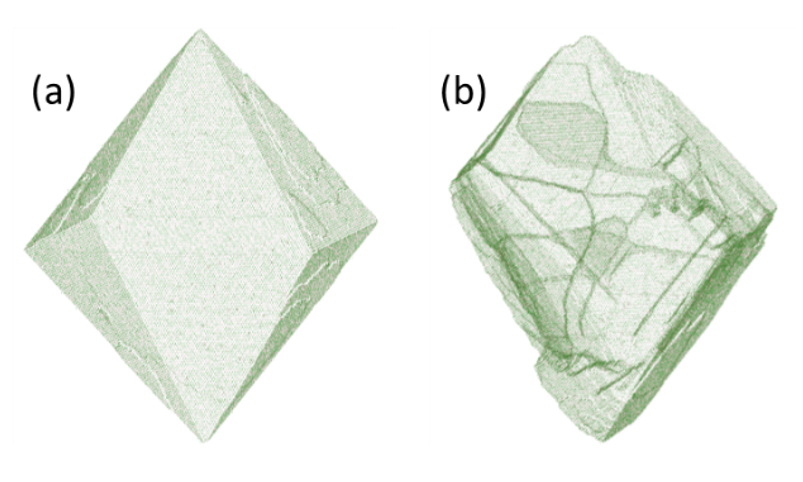
Si or SiGe epitaxial deposition using chemical vapor deposition (CVD) is the method of choice to produce high quality layers in many industrial applications such as raised source drain (RSD) regions in CMOS transistors or for the fabrication of heterojunction bipolar transistors (HBTs). It is a major process step for the fabrication of unconventional nanoscaled devices.
The purpose of work package 3 is to develop advanced atomistic 3D models relying on the lattice kinetic Monte Carlo (LKMC) method to simulate epitaxial growth of Si and SiGe layers including the dependence on various process parameters such as the nature of the chemical precursors and their mass flows, the temperature, the pressure, or the substrate orientation.
Experimental data including growth rate and doping profiles will be used to benchmark the models. In addition, the model calibration will heavily rely on state of the art ab-initio simulations to investigate surface reactions and identify key mechanisms that cannot be extracted explicitly by experiments. As a final outcome of this WP, the LKMC models should be able to accurately describe the following processes or phenomena:
- The shape of grown regions after selective epitaxial growth (SEG) with the formation of facets
- Doping and Ge mole fraction
- Strain and defect formation
Finally, dedicated work will be carried out to investigate the influence of post-epitaxy anneals during non-melt ns laser or RTA anneals.
WP3 coordinator: Benoit Sklenard, CEA-Leti
Selected publications
G. Calogero, I. Deretzis, G. Fisicaro, M. Kollmuß, F. La Via, S. F. Lombardo, M. Schöler, P.J. Wellmann, A. La Magna
Multiscale Simulations for Defect-controlled Processing of Group IV Materials
Crystals 12 (2022) 1701 Download
L. Treps, J. Li, B. Sklenard
Impact of Hydrogen Coverage on Silane Adsorption during Si Epitaxy from Ab Initio Simulations
Solid-State Electronics 197 (2022) 108441 Download
 Modeling Unconventional Nanoscaled Device FABrication
Modeling Unconventional Nanoscaled Device FABrication